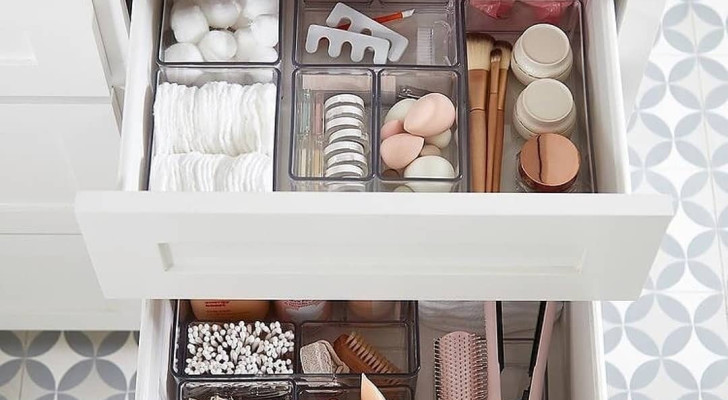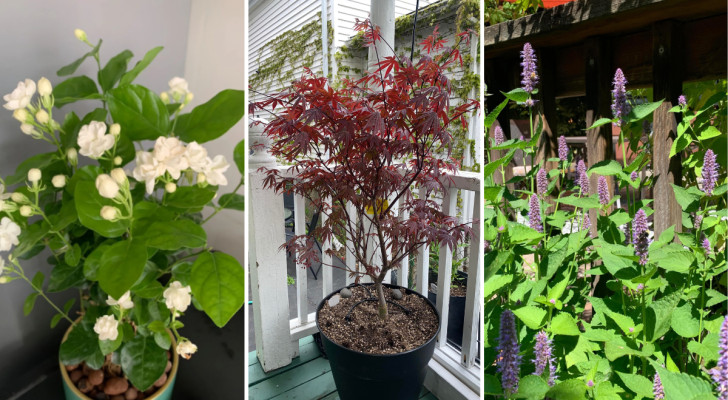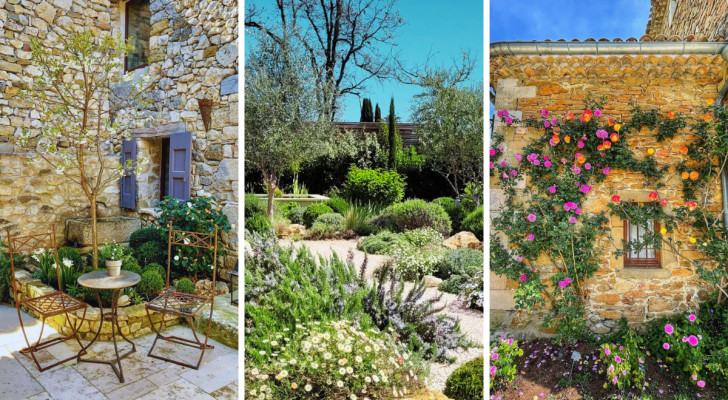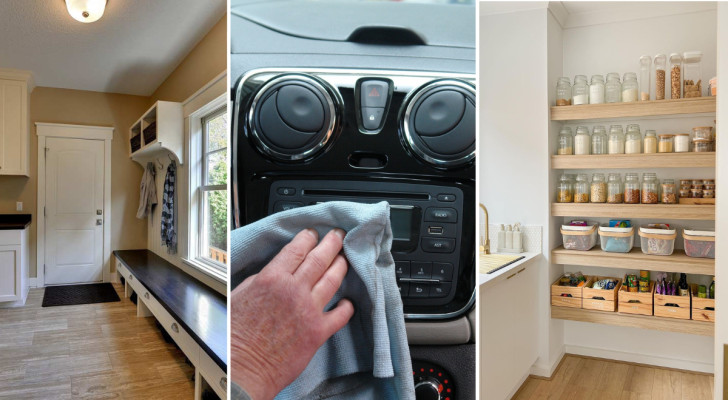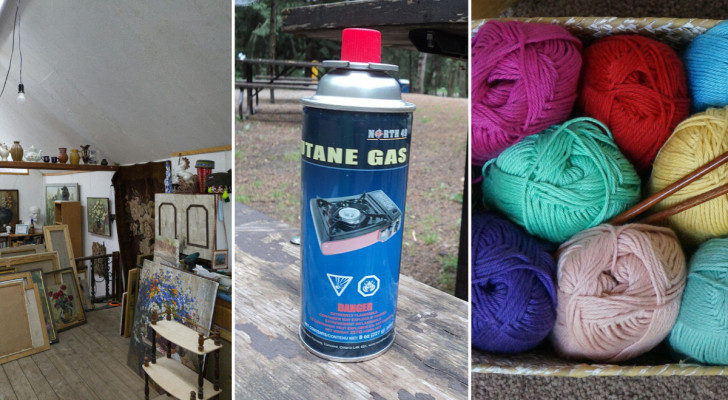Some tips to choose the right parquet and tips for taking care of it
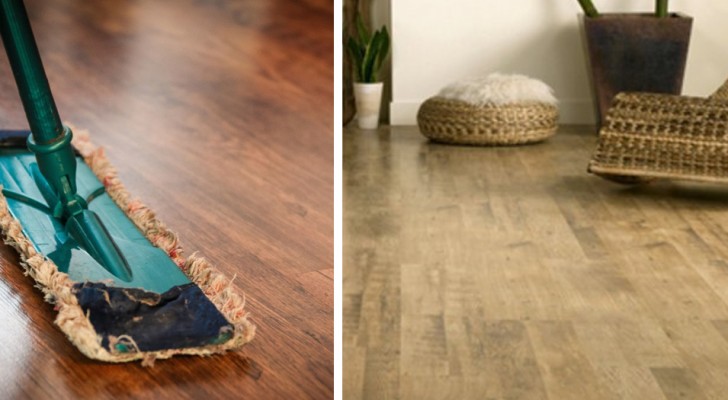
Of all the various types of existing flooring, parquet is certainly among the most loved and desired: the wooden planks on the ground suggest rustic environments or mountain houses, but in reality they are also suitable for more urban and modern environments. Indeed, with the now very wide choice in terms of types of parquet, essences, finishes and installation, it can be said that there is practically no style of furniture that cannot be combined with parquet.
Whatever the combination of colours and workmanship chosen, this kind of wooden flooring gives the rooms a truly irresistible welcoming and familiar atmosphere. It is the type of floors on which it is nice to walk barefoot, and it is undeniable that it also gives value to homes over time: if well cared for, in fact, they are virtually eternal and indeed, over the years they take on more and more charm.
Then find out how to choose the most suitable parquet for different needs among the various existing types and how to take better care of it to enhance its natural beauty.
The two types of parquet
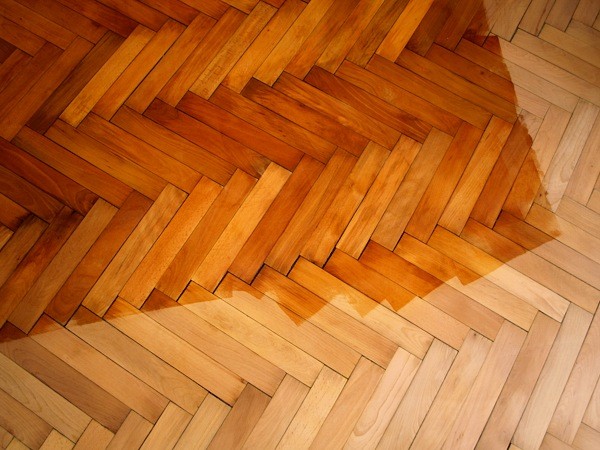
Solid wood parquet
The most valuable type of parquet is the solid wood one, that is the floor made entirely of noble wood. Depending on the essence chosen, therefore the type of tree from which it is made, prices can also vary significantly; It is important to make sure that the wood used to produce them is FSC or PEFC certified, in order to have the guarantee that it is an environmentally grown and harvested wood. Another factor that has a significant impact on costs is the thickness of the wooden boards that cover the floor: as a rule, in fact, solid wood parquet is 1 or 2 centimeters thick, and this makes them excellent thermal and acoustic insulators.
The size of the planks or slats can also be very varied: there are parquet made of thinner strips, of small or medium size, or there are large planks or even square planks that resemble tiled floors.
The solid wood parquet is laid by gluing it to the ground, but depending on how it is worked it is distinguished in raw or pre-finished parquet. The staves of a rough parquet are simply sanded, and then after installation they are treated with paints, oils and vitrifying agents, so as to adapt perfectly to the style of your home, but you have to wait about 2 or 3 weeks before you can walk on them. The pre-finished one, on the other hand, is worked before installation, with oil and varnish-based treatments that serve to make it more resistant to wear and scratches.
It requires a greater expense, but it is also true that it lasts longer over time: since the layer of wood we see is not just a thin surface plate but it is indeed solid wood, if after a few years it is damaged by scratches and signs of wear, it can be sanded to make it look like new again. Interventions of this kind are usually carried out every 10 years or even every 20, and they affect the thickness of very little, because they remove less than a millimeter of surface.
The supported parquet
Definitely cheaper than solid wood, the supported parquet is composed of several layers of wood, of which only the superficial one is of noble wood. To the eye, therefore, they appear practically like those in solid wood, but the thickness of the precious wood slats is much smaller: generally it is a value between 2.5 and 6 mm, while the whole plank - including the others components - is typically between 10 and 21 mm high. The different thickness values and the essence of the wood of which the surface layer is composed determine the price variations. However, the fact that the exposed wood always has a reduced thickness makes it impossible to sand it too many times to make it look like new: once installed, this operation can be carried out once or twice at most, depending on the original measurements of the layer. superficial.
Below the layer of noble wood there are another two or three of different essences (generally birch, poplar or larch) which are used to make the floor stable, and are those that make up the central body and the counterbalance of the entire covering. .
Even the supported parquet can be raw or pre-finished but for laying, in addition to the glued laying as for the solid wood, there is the so-called floating laying, which is simpler and more frequent, since it is the one that maintains and does not damage the floor. existing.
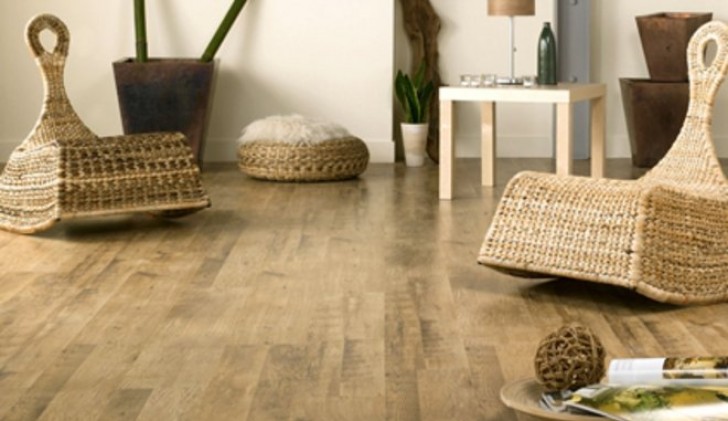
SpeedDevis / Wikimedia Commons
The parquet finishes
Once the essence has been chosen, the staves are treated in such a way as to preserve their natural appearance as much as possible, so as to show all the designs due to the chromatic contrast between veins, sapwood (the light area between the veins) and knots, while in the past, finishes were preferred that made it more homogeneous. The basic treatment, therefore, involves a light water-based coloring, which penetrates only a few fractions of a millimeter into the pores of the wood, and then passes to painting or oiling.
- Painting. This is the most common finish that saturates the pores, enhancing the grain and reinforcing the surface layer of the wood, the one that will remain exposed to wear and better resist scratches. It is thanks to this treatment that the parquet becomes waterproof, and it will be possible to wash it with a simple damp cloth, without the need for other types of maintenance, except the sanding indicated above, always by experts.
- Oiling: it is the other way to waterproof wood. The oil nourishes the wood and saturates the pores, giving it an opaque effect that is also capable of emphasizing the natural appearance. The maintenance of this type of parquet is minimal and can also be done alone, using specific oils that eliminate small scratches on the surface. The charm of this type of finish, suitable for floors that will not be subjected to intense wear every day, lies in the fact that the various layers of oil administered over the years will make it brighter and more resistant.
As for the appearance of the surface, this can be smooth, that is, very smooth and homogeneous to the touch and sight, suitable for the most elegant and classic styles, easy to clean but also more prone to show scratches. With the brushed finish, on the other hand, it is possible to perceive the grain of the wood to the touch, the surface is harder and better able to hide scratches, and is generally chosen in environments furnished in a modern style. On the other hand, houses that have a design that combines ancient and modern details, or all those furnished in a traditional or rustic style, are suited to the irregular and wavy surface, with raised veins obtained with hand planing. Another type of irregular surface is the sawn one, which appears striped, and is very versatile in sophisticated environments.
Which parquet should you choose?
More than anything else, what distinguishes a parquet from the other is actually the color of the wood. and this is determined by the essence chosen, as well as by any treatments. based on the color, four types of parquet can be identified.
- Golden: they are the most versatile, with amber veins, warm and natural, suitable for both large and small environments and able to combine with any style of furniture.
- White: White parquet is very popular in modern design trends. They make the rooms very bright and can be combined with white walls, to create airy and rarefied spaces, but also create a very nice contrast with bright colors in modern homes.
- Grey: another great recent trend is to treat the wood on the surface so that it has a gray color. They are pickled or brushed finishes that can adapt to modern or rustic environments.
- Reds: if you think of a room decorated in an ethnic style, then red essences are the best. Warm and exotic, they are suitable for bright spaces and perfectly match with brightly colored walls or decorations.
So what are the best combinations? With dark walls it is good to find the contrast with white or golden floors, or those with a light gray finish, to avoid creating too dark environments.
In the case of light walls, however, you can choose to expand the sense of brightness and space (especially in small rooms, because in large ones there is the risk of making them cold) with light floors, otherwise the contrast with the dark or reddish hardwood floors.
Another important factor is the direction of installation: to enhance the lighting, the slats should be laid vertically with respect to the light source, using the grazing light to enhance the grain and conceal the presence of imperfections and scratches. If, on the other hand, you need to make the room seem longer, lay the boards diagonally; instead it will appear wider with the boards all parallel to each other and perpendicular to the entrance. And if the walls are out of square, it is better to prefer the herringbone or diagonal laying to avoid it being noticed.
How to wash the parquet

The golden rule is to avoid using too much water: parquet can be damaged a lot, especially the supported ones. In fact, we must not think that using more water together with soap helps to clean the wood better. Instead, what you need to do as often as possible is to vacuum with the accessory suitable for this type of surface.
There are also mops and rags (in cotton, microfiber or pure cotton sponge), which are designed to clean wooden floors in a delicate way, also removing dust: do not wet them, but spray them on a product suitable for cleaning parquet. If you use rags, choose long-haired ones for parquet with a rough and irregular surface, and short-haired ones for smooth floors; and to move them help yourself with rectangular brushes with plastic or sorghum bristles.
If you really need to use soap and water, in the case of some more consistent dirt stains, it is essential to wring the mop very well, so that it will not soak the wood. As for the soap, choose those suitable for wood, diluting them according to the manufacturer's specifications.
If you want to try a natural homemade product, you can use vinegar by diluting 100 ml in 3.5 liters of hot water. However, since vinegar can ruin and dull some finishes, it is always good to first try this solution on a small portion of the floor that is not very visible.
When it happens that water stains form on the floor after some domestic accident, remove them quickly and always keep the parquet as dry as possible.
Some advice to keep the parquet in excellent condition
- Limit the "traffic": walking in heels, or with shoes on whose soles pebbles were stuck, or raids with children and animals or dragging furniture are all behaviors to avoid.
- If there are animals, protect the floor where they walk most often or where they tend to sit or lie down with rugs, or runners in the corridors.
- If a dent occurs, you can try to make it disappear with a do-it-yourself remedy: wet a sheet of absorbent paper and moisten the spot where the dent occurred with it. medium, and move the ho over the paper as if ironing it right at the dent. Take care not to let the iron board touch the wood, and go forward by moving it back and forth for 3 or 5 minutes. This process hydrates the wood fibers, causing them to re-expand, and sometimes brings to the surface some dirt that was left in the scratch, which will be removed with a simple cloth.
